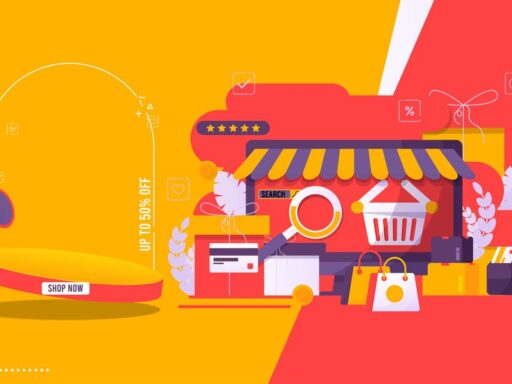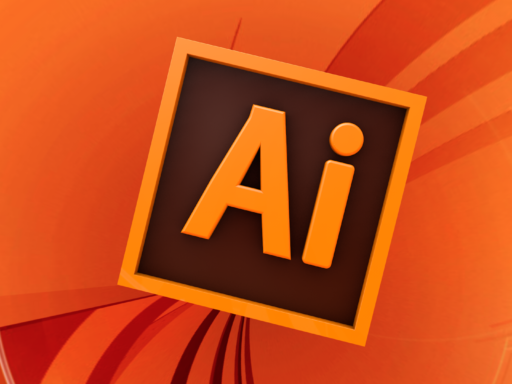1. Introduction:
- Define web design as the process of creating websites, encompassing various disciplines such as visual design, user experience (UX) design, and front-end development.
- Discuss the increasing reliance on digital platforms by businesses and individuals, highlighting the growing demand for skilled web designers.
- Emphasize the dynamic nature of the web design industry, with constant technological advancements and evolving design trends shaping career opportunities.
- In today’s digital age, businesses and individuals alike are increasingly relying on digital platforms for communication, commerce, and information dissemination. From small startups to multinational corporations, having a strong online presence has become essential for success in virtually every industry. This trend has fueled a growing demand for skilled web designers who can create engaging and user-friendly websites tailored to the needs and preferences of their target audience.
- The web design industry is characterized by its dynamic nature, with constant technological advancements and evolving design trends shaping career opportunities. As new devices, browsers, and technologies emerge, web designers must stay updated on the latest tools and techniques to remain competitive in the field.
2. Career Paths in Web Design:
- Front-End Web Developer: Explore the role of front-end developers in translating design mockups into code, focusing on creating visually appealing and interactive user interfaces.Front-end developers are responsible for translating design mockups into code using HTML, CSS, and JavaScript. They focus on creating visually appealing and interactive user interfaces that enhance the overall user experience.
- UX/UI Designer: Provide insights into the responsibilities of UX/UI designers, including user research, wireframing, prototyping, and creating pixel-perfect designs that prioritize usability and aesthetics.UX/UI designers play a crucial role in understanding user needs and preferences through research and analysis. They create wireframes, prototypes, and pixel-perfect designs that prioritize usability, accessibility, and aesthetics.
- Graphic Designer: Explain how graphic designers contribute to web design by crafting logos, illustrations, and other visual assets that convey brand identity and enhance user engagement.Graphic designers contribute to web design by crafting logos, illustrations, and other visual assets that convey brand identity and enhance user engagement. They work closely with UX/UI designers to create cohesive and visually compelling websites.
- Full-Stack Developer: Describe the versatility of full-stack developers who possess skills in both front-end and back-end development, enabling them to build complete web applications and websites.Full-stack developers possess skills in both front-end and back-end development, allowing them to build complete web applications and websites. They have a comprehensive understanding of web technologies and frameworks, enabling them to work on all aspects of a project.
- Freelance Web Designer: Discuss the advantages and challenges of freelancing in web design, such as flexibility in work hours, the ability to work with diverse clients, and the need for self-discipline and marketing skills.Freelancing in web design offers flexibility in work hours and the opportunity to work with diverse clients from around the world. However, freelancers must possess strong self-discipline, time management, and marketing skills to succeed in a competitive market.
- In-House Designer: Highlight the benefits of working as an in-house web designer within a company, including opportunities for collaboration with cross-functional teams, access to resources, and a stable work environment.Working as an in-house web designer within a company provides opportunities for collaboration with cross-functional teams, access to resources, and a stable work environment. In-house designers play a crucial role in shaping the brand identity and online presence of their employer.
3. Opportunities in Specialized Areas:
- E-commerce Design: Dive into the specialized skills required for designing e-commerce websites, such as understanding user buying behavior, implementing conversion optimization techniques, and integrating secure payment gateways.Designing e-commerce websites requires specialized skills in understanding user buying behavior, implementing conversion optimization techniques, and integrating secure payment gateways. E-commerce designers focus on creating seamless shopping experiences that drive sales and customer loyalty.
- Mobile App Design: Explore the unique challenges of mobile app design, including designing for different screen sizes and resolutions, optimizing touch interactions, and adhering to platform-specific design guidelines.Mobile app design presents unique challenges, including designing for different screen sizes, optimizing touch interactions, and adhering to platform-specific design guidelines. Mobile app designers must prioritize usability and performance while maintaining a consistent brand identity across devices.
- Responsive Design Specialist: Discuss the growing demand for responsive design specialists who ensure that websites are accessible and user-friendly across various devices, screen sizes, and orientations.With the proliferation of mobile devices and varying screen sizes, responsive design specialists ensure that websites are accessible and user-friendly across various devices, screen sizes, and orientations. They employ flexible layouts, fluid grids, and media queries to create seamless experiences for users on any device.
4. Career Development and Advancement:
- Continuous Learning: Provide recommendations for staying updated on industry trends and acquiring new skills through online courses, tutorials, and attending conferences and workshops.Staying updated on industry trends and acquiring new skills is essential for career growth in web design. Web designers can take advantage of online courses, tutorials, and conferences to expand their knowledge and expertise in areas such as emerging technologies, design principles, and coding languages.
- Networking: Highlight the importance of networking with peers, mentors, and industry professionals to gain insights, share experiences, and discover new opportunities.Networking with peers, mentors, and industry professionals can provide valuable insights, career advice, and job opportunities. Web designers can join professional organizations, attend industry events, and participate in online communities to build relationships and expand their professional network.
- Portfolio Development: Offer tips for creating a standout portfolio that showcases a diverse range of projects, demonstrates problem-solving skills, and highlights the impact of your designs on user experience and business goals.Networking with peers, mentors, and industry professionals can provide valuable insights, career advice, and job opportunities. Web designers can join professional organizations, attend industry events, and participate in online communities to build relationships and expand their professional network.
- Career Progression: Explore potential career paths for advancement in web design, such as becoming a team lead, transitioning into product management, specializing in emerging technologies like voice user interfaces (VUI), or starting your own design agency.Web designers can explore various paths for career advancement, such as becoming a team lead, transitioning into product management, specializing in emerging technologies like voice user interfaces (VUI), or starting their own design agency. By continuously expanding their skills and seizing opportunities for growth, web designers can achieve their career goals and make a meaningful impact in the industry.
5. Summary:
- Summarize the key points discussed in the content, emphasizing the diverse career paths and opportunities available in web design, from front-end development to UX/UI design and specialization in areas like e-commerce and mobile app design.
- Reinforce the importance of continuous learning, networking, and portfolio development for success in the dynamic field of web design.
- Encourage readers to explore their interests, strengths, and career goals to identify the most suitable path in web design and take proactive steps towards achieving their aspirations.
- Continuous learning, networking, and portfolio development are key to success in the dynamic field of web design. By staying updated on industry trends, building relationships with peers and mentors, and showcasing their work through a standout portfolio, web designers can carve out rewarding careers and make a lasting impact in the ever-evolving world of web design.






